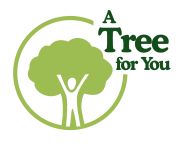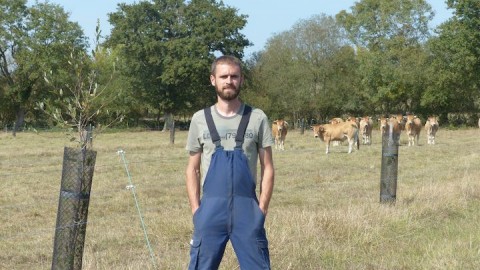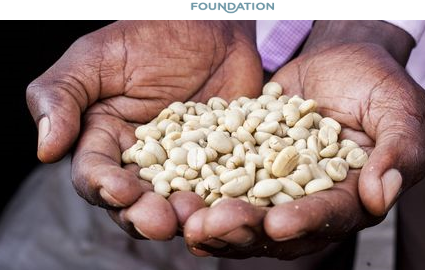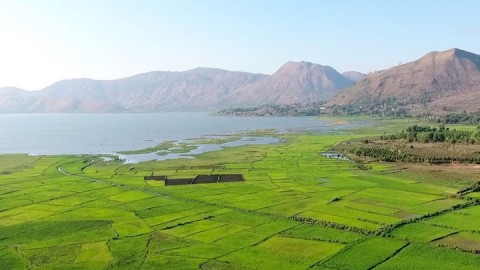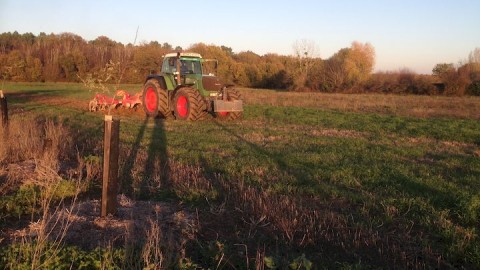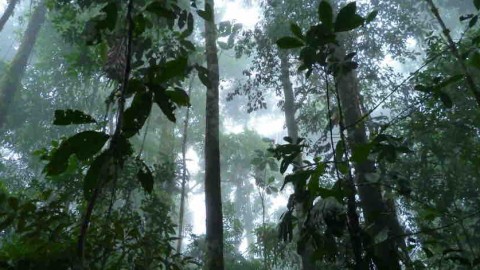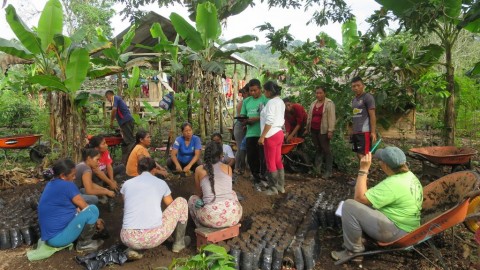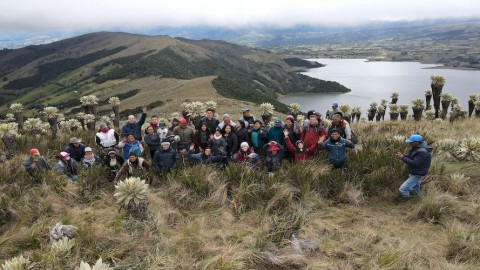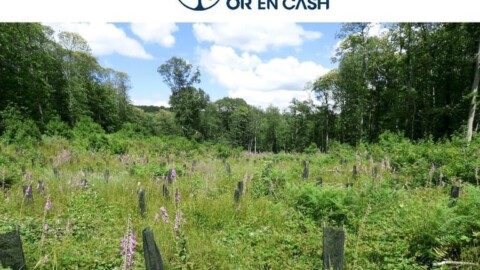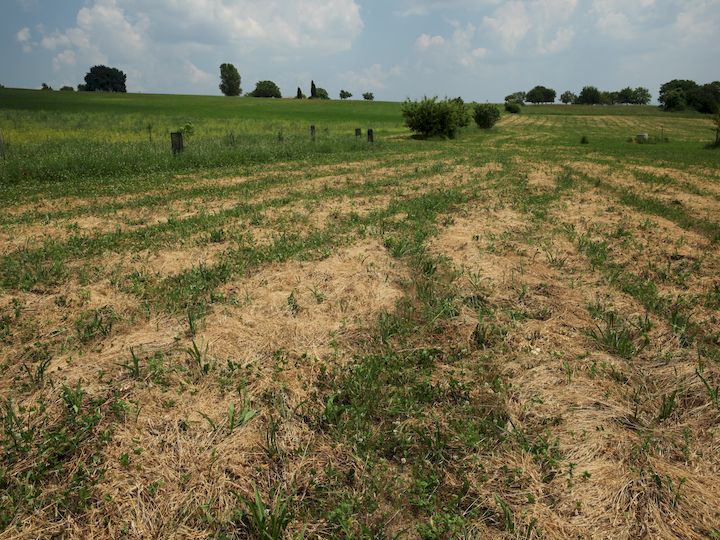
Background & challenges
Pierre is a farmer growing old wheat Alpes-de-Haute-Provence. He is increasingly feeling the impacts of extreme weather events like droughts and storms, which are becoming more intense with climate change. In order to protect his soil and crops, he is keen to change farming methods and introduce trees on his plots of land The aim of the project is to plant 1,440 trees on two plots in order to improve soil fertility and improve biodiversity.
The trees planted represent 25 different species. These were chosen as those best suited to this particular pedo-climatic context (i.e. all the climatic conditions the soil must cope with) and Pierre’s agroforestry objectives: trees for introducing hedgerows and trees bearing fruit for consumption and to diversify his farming.
Installing windbreaks perpendicular to the tilt of the slopes will limit erosion caused by water runoff and wind. Fruit harvested from the trees will initially be consumed by the farmer and perhaps in the future sold locally.
So by planting these 1,440 trees it will be possible to tackle various environmental issues, namely
- improve soil fertility and limit erosion ;
- encourage crop auxiliaries ;
- improve biodiversity and the look of the landscape ;
- protect the crops by installing windbreaks ;
- produce fruit to diversify the farmer’s farming activities.
Project type

Agroforestry
Beneficiaries

Pierre, a farmer in Alpes-de-Haute-Provence.
Number of trees

1,801 trees planted, of which 1,440 long-living
Species planted

25 different species
Partner

French Agroforestry Association (AFAF)
Small-leaved lime tree – Tilllia cordata
Provence hackberry – Celtis australis
Montpellier maple – Acer monspessulanum
Pubescent oak – Quercus pusbsbent
Apricot tree – Prunus armeriaca
Cherry tree – Prunus cerassus
Almond tree – Prunis dulcis
Wild Plum – Prunus domestica
Pear tree – Pyrus communis
Judas tree – Cercis sillicastrum
Holm oak – Quercus ilex
Sauce laurel – Laurus nobilis
Plum tree – Prunus cerasifera
Pistachio – Pistacia vera
Shrub tree – Arbustus unédo
Black Elder – Sambuscus nigra
Sea buckthorn – Hippophae rhamnoides
Blackcurrant – Ribes nigrum
Red currant – Ribes rubrum RGE
White currant – Ribes rubrum white
White gooseberry – Ribes uva-crispa white
Red gooseberry – Ribes uva-crispa red
Spanish broom – Spartium junceum
Coronilla – Coronilla
Amelanchier – Amelanchier ovalis
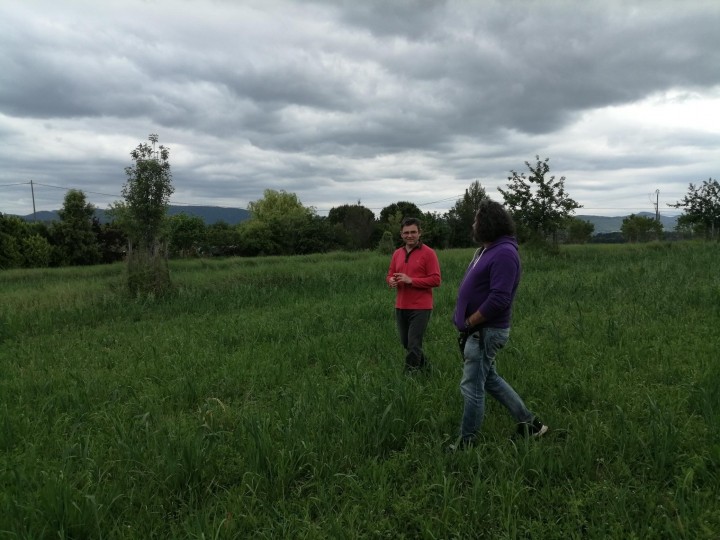
Works timeline
- October 2021: soil preparation, plant delivery and staking;
- November 2021 to January 2022: planting trees on the plots and site launch (farmer, AFAF);
- November 2022 to March 2024: replanting and first stage of maintenance with tree pruning training;
- 2023 to 2029: maintenance stages (pruning training and pruning).
Planting partner
The French Agroforestry Association (AFAF), set up in 2007 under 1901 French law, develops agroforestry in France for farming, in the political sphere, and with the general public. It is a platform for exchange and partnerships between farmers, agroforestry operators, researchers, political decision-makers, local authorities, and administrative bodies. The AFAF puts forward recommendations at both national and international levels and works to restore trees to farming systems.
Within this project, AFAF is in charge of technical follow-up with beneficiaries over time and providing information needed for communications.
Budget
The total budget to be raised is €35,280, i.e. €24.5 per long-living tree planted, broken down as follows:
- 95% of which is allocated to the planting project, broken down as follows:
- Plants and replanting: €2.4
- Mulching: €2.48
- Protection and stakes: €4.12
- Technical advice: €3
- Monitoring over three years: € 2
- AFAF coordination, project management and communication costs: €5.8
- A Tree For You (ATFY) collection, monitoring and communication costs (14.18%): €3.47
- and 5% (€1.23) to cover ATFY’s overheads.
The farmer is self-financing the soil preparation and planting phases, set at €3.67 per tree, i.e. approximately 20% of the total project cost.
